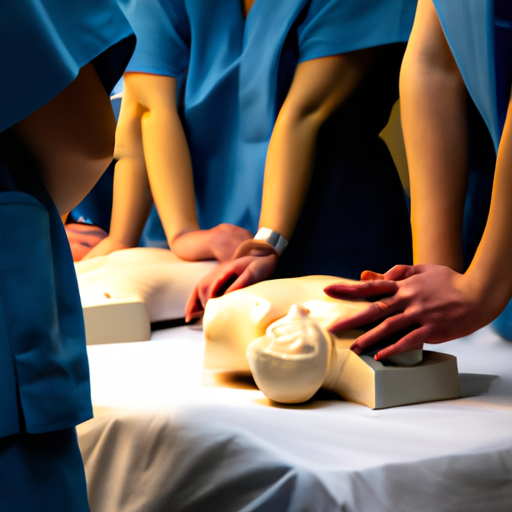Is CPR Still in Use? Exploring Its Lifesaving Impact
Cardiopulmonary Resuscitation (CPR) has been a vital technique in saving lives for decades. But with advancements in medical technology and the introduction of automated external defibrillators (AEDs), some may wonder if CPR is still relevant today. In this article, we will delve into the topic and explore the current status and impact of CPR in saving lives.
The Importance of CPR
CPR is a technique used to manually keep the blood and oxygen flowing to vital organs when someone’s heart has stopped beating or is beating irregularly. It involves chest compressions and rescue breaths, which help maintain circulation until professional medical help arrives. CPR is crucial in situations such as cardiac arrests, drowning incidents, or when someone is choking and unable to breathe.
CPR and Survival Rates
Numerous studies have shown the significant impact of CPR on survival rates. Immediate initiation of CPR can double or even triple the chances of survival for someone experiencing cardiac arrest. According to the American Heart Association (AHA), about 90% of people who experience an out-of-hospital cardiac arrest die before reaching the hospital. However, if CPR is performed promptly, it can increase the chances of survival and minimize the risk of brain damage.
Advancements in CPR Techniques
Over the years, CPR techniques and guidelines have evolved to improve outcomes. The AHA regularly updates its guidelines to reflect the latest research and best practices. One notable change is the emphasis on chest compressions. Recent studies have shown that high-quality chest compressions, with minimal interruptions, are crucial for maintaining blood flow and increasing the chances of survival.
The Role of AEDs
Automated External Defibrillators (AEDs) are portable devices that deliver an electric shock to the heart in cases of sudden cardiac arrest. While AEDs have become more accessible in public spaces, they are not a replacement for CPR. In fact, CPR is often performed alongside AED usage. CPR helps circulate the blood, while AEDs can restore the heart’s normal rhythm, making them a complementary duo in saving lives.
CPR Training and Public Awareness
To ensure the widespread availability of CPR, training programs have been implemented globally. Basic CPR training is often offered in schools, workplaces, and community centers. The goal is to equip individuals with the knowledge and skills to respond effectively during emergencies. Increasing public awareness about the importance of CPR and its lifesaving impact is crucial in encouraging more people to learn and perform CPR when needed.
Conclusion
In conclusion, CPR remains a vital technique in saving lives. Its impact on survival rates cannot be understated. While advancements in medical technology, such as AEDs, have enhanced the chances of survival, CPR continues to play a crucial role in maintaining circulation until professional help arrives. By staying updated on CPR techniques and receiving proper training, individuals can be empowered to make a difference in emergency situations. So, yes, CPR is still in use and continues to be a lifesaving technique that everyone should be familiar with.




